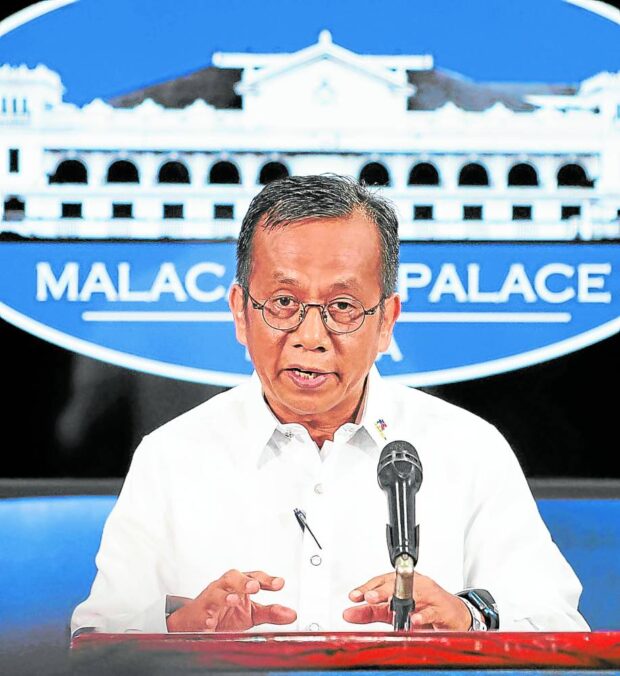
MANILA, Philippines —The government has increased the “outdated” price ceilings for socialized subdivision and condominium projects in a bid to attract private investors to the Marcos administration’s ambitious mass housing program.
The Department of Human Settlements and Urban Development (DHSUD) on Monday said that its head, Jose Rizalino Acuzar, and National Economic and Development Authority (Neda) Secretary Arsenio Balisacan signed Joint Memorandum Circular (JMC) No. 2023-003 last Oct. 19 adjusting the current price caps that had been in effect since 2018.
The ceiling for socialized subdivision projects was raised to P850,000 from P580,000 for units with a minimum floor area of 28 square meters and a loft of at least 50 percent of the base structure.
The ceiling for four-story socialized condominium projects is now set at P933,320 for 22 sqm; P1,060,591 for 25 sqm and P1,145,438 for 27 sqm units.
For projects with five to nine stories, the pricing is P1 million for 22 sqm; P1,136,364 for 25 sqm and P1,227,273 for 27 sqm, while for projects with 10 floors and above, 22 sqm units will now cost P1,320,000; 25 sqm at P1,500,000 and 27 sqm at P1,620,000.
If the land development cost is included, the socialized condominium projects’ price ceiling is set at a maximum of P1,800,000.
Housing backlog
The current price ceiling for social housing was last adjusted on April 27, 2018, through Resolution Nos. 1 and 2 of the now-defunct Housing and Urban Development Coordinating Council.
DHSUD said the adjustment came following months of thorough review and lengthy discussions with Neda teams, “scrutinizing all its pros and cons to the housing and real estate sector, with utmost consideration to homebuyers, and the national economy in general.”
In justifying the adjustment, Acuzar and Balisacan said the current price ceiling for socialized housing “no longer responds adequately to prevailing market conditions” considering the rising costs of development and construction.
This “discourages” the private sector from building affordable houses for low-income and underprivileged families, they noted.
“To address the housing needs of approximately 6.5 million Filipino households, a two-pronged approach is necessary, which involves encouraging private sector participation in constructing socialized housing units,” Acuzar and Balisacan said.
The other strategy, they added, is the full implementation of the Pambansang Pabahay para sa Pilipino Housing (4PH) program led by DHSUD in partnership with key shelter agencies and local government units (LGUs).
DHSUD said the price adjustment could boost the 4PH, “as it could prompt active participation of and the much-needed investments from private contractors and developers.”
“The JMC is also expected to strengthen the partnership between the government and private sector in housing and real estate development,” the agency said in a statement.
In particular, it could benefit socialized housing for minimum wage earners and informal sellers and trigger massive economic activities in the sector and about 80 allied industries, DHSUD said.
Gov’t land inventory
Malacañang earlier said that 30 million Filipinos are expected to have a roof over their heads by 2028 through the housing program of President Marcos that seeks to build at least a million low-cost units a year, or a total of 6.15 million units by the end of his term.
Mr. Marcos has issued Executive Order (EO) No. 28, dated July 17, declaring DHSUD’s nationwide mass housing project as a flagship program and directing all government agencies to come up with an inventory of suitable lands for the program.
The EO also tasked DHSUD to identify national and local government lands suitable for housing and human settlements in coordination with concerned national government agencies and LGUs, and undertake the required activities for their development.
It also directed government agencies, including government corporations and LGUs, to inventory the lands they own and administer, and submit the complete list to DHSUD within 60 days from the issuance of the EO.
The EO also tasked the Land Registration Authority to assist in the preparation of the inventories by providing a list of titles and the corresponding certified true copies that are registered in the name of government agencies.